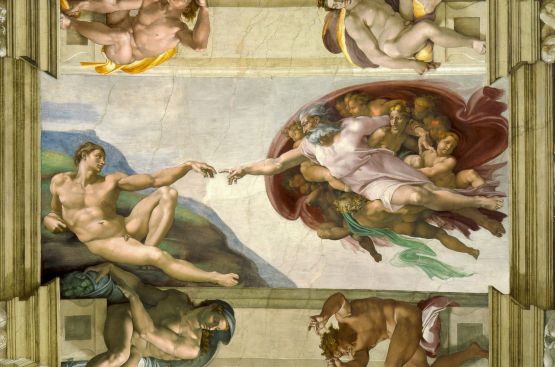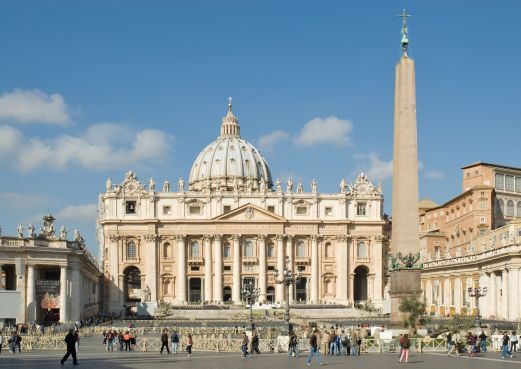When Pope Benedict XVI, leader of the world’s 1.2 billion Roman Catholic Christians, announced February 11, 2013 in Latin his intent to resign (translated by Vatican Radio into English here) by February 28th it was a surprise to most people in the world. He is the first pope to resign in almost six centuries.
Others, like celebrated Catholic author Scott Hahn, remembered a devotion Pope Benedict had to an obscure medieval Pope named St. Celestine V.
Foreshadowed possibility of retirement
Hahn, a Presbyterian convert to Catholicism who teaches theology at the Franciscan University of Steubenville in Ohio, wrote that in April 2009 Pope Benedict XVI visited Celestine’s tomb: “After a brief prayer, he left his pallium, the symbol of his own episcopal authority as Bishop of Rome, on top of Celestine’s tomb! … Fifteen months later, on July 4, 2010, Benedict went out of his way again, this time to visit and pray in the cathedral of Sulmona, near Rome, before the relics of this same saint, Celestine V.”
These gestures were obviously symbolic, Hahn explains:
“In the year 1294, this man (Fr. Pietro Angelerio), known by all as a devout and holy priest, was elected Pope, somewhat against his will, shortly before his 80th birthday (Ratzinger was 78 when he was elected Pope in 2005). Just five months later, after issuing a formal decree allowing popes to resign (or abdicate, like other rulers), Pope Celestine V exercised that right. And now Pope Benedict XVI has chosen to follow in the footsteps of this venerable model.”
A new chapter
On February 28th Pope Benedict XVI said his final goodbyes at the Vatican at 2 p.m. ET before hushed crowds gathered in St. Peter’s Square.
“I am just a pilgrim who is starting the last part of his pilgrimage on this earth,” he said. The retired Pope, now officially known as “pontiff emeritus,” left by helicopter for the papal residence Castal Gandolfo outside Rome. He intends to stay there for a few weeks before retiring to a small monastery within the grounds of the Vatican where he wants to live out his days in prayer and study.
The Pope’s apartment in the Vatican is closed, the entrance sealed to prevent tampering of any contents. The seal will only be removed when the new pontiff enters. Further, the symbolic Fisherman’s Ring and papal seal are destroyed with a small silver hammer.
In the age of social media, Pope Benedict XVI’s Twitter page is now inactive, reading simply, Sede Vacante (empty seat). Catholics are speculating who will become the new pope, with many believing it may be someone outside of Europe this time. Many believe it is opportune that the new pope will be elected during Lent, the time when Christians are fasting and preparing for Holy Week and Easter.










Comments